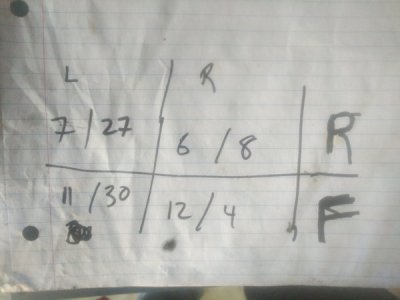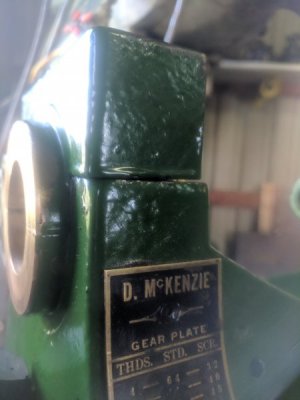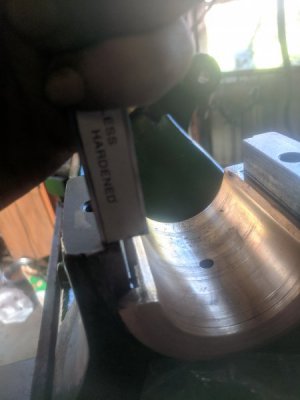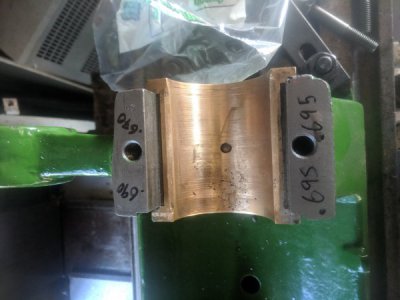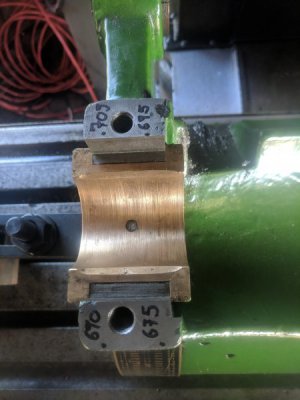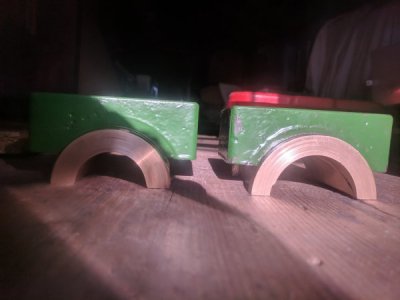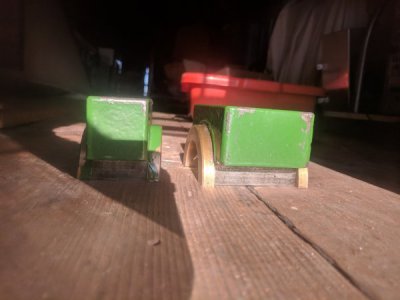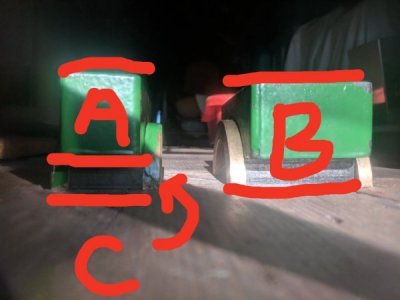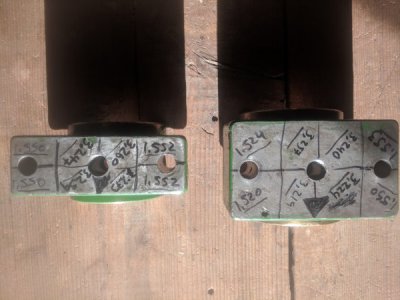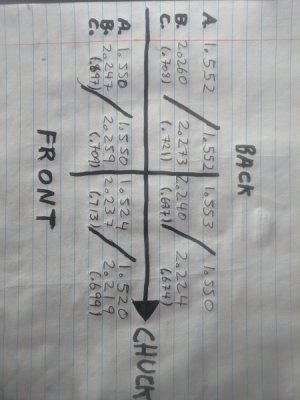So today I got a chance to get my car back together, clean off the mill table, tram the head (good thing I did it was out .01) and took a cut on the head stock.
The left side bearings are now showing an even +10 all around the right front is +13 all around and the right rear didn't get cut But, we knew that going in.
I've got all that stuff. I used to work at a plastic injection mold shop so I've got a decent amount of 0-12" measuring tools a set of gauge blocks a matched pair of V-blocks. Anything else I might need I don't mind adding to my collection!
So what's the next step?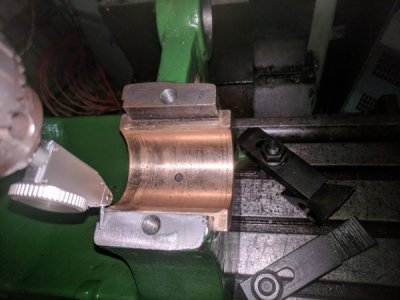
The left side bearings are now showing an even +10 all around the right front is +13 all around and the right rear didn't get cut But, we knew that going in.
I've got all that stuff. I used to work at a plastic injection mold shop so I've got a decent amount of 0-12" measuring tools a set of gauge blocks a matched pair of V-blocks. Anything else I might need I don't mind adding to my collection!
So what's the next step?



